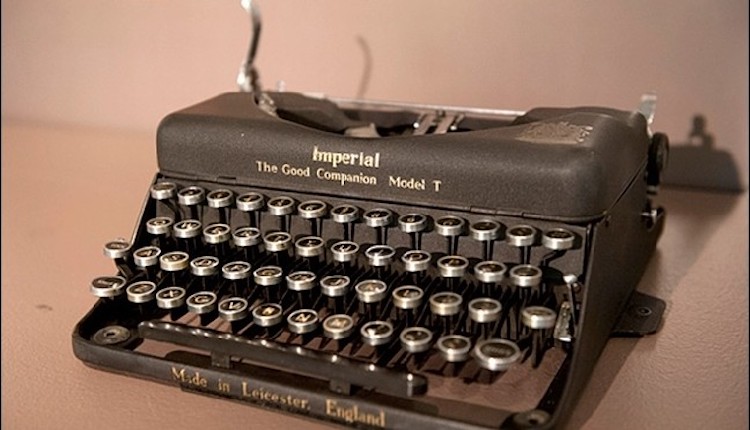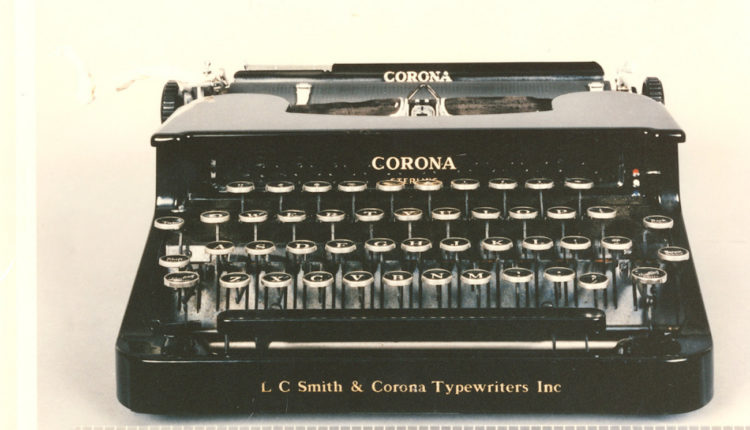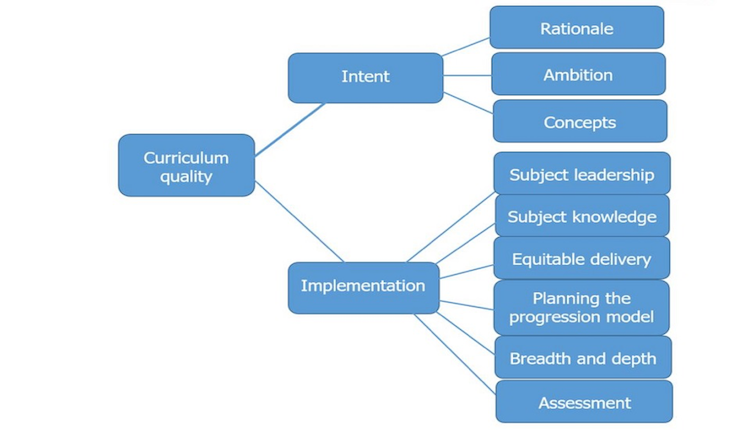With the ongoing pandemic, history teachers have been setting online work or blended work for students for months now.
It can be difficult to set work that your students can really get their teeth stuck into. It can be even more difficult to set home learning tasks that make your students think and help them make progress.
If you teach ‘live’ from a computer screen and talk for too long – how do really know that your students are listening and paying attention? Ok, you can ask questions, put them into a break-out room but how effective are these strategies really?
It can also be daunting and time-consuming to create blended learning packages using new programmes. Often these new whizzy things are only really good for retrieval and recall. Especially online quizzes.
However, there is a really easy way to create simple and effective content for digital home learning that will ensure your students think and make progress, and do great extended writing – almost without realising it.
What’s even better is you can do all of this with Word.

At History Resource Cupboard we have always believed that clever use of low-level digital programmes can help develop high-level thinking.
It is amazing to see how reluctant writers are happy to move information around on a pc or laptop. They can then turn it into extended written pieces. In fact, years ago, I taught an entire GCSE course this way, and gained amazing results.
It is dead easy to make a meaty and challenging word processing task for your pupils. One tried and tested KS3 example called: What kind of Leader was Oliver Cromwell has been added below for free.
Another has been recently added to the site: How should we remember Winston Churchill?
You can find another lesson on Black Britain called: How much difference did Scarman make to the lives of Black Britain’s since 1981? All of these lessons demonstrate how much easier it is to select and move information to turn it into evidence on a PC.
How to improve blended learning guide
Tip 1: Start with a good open enquiry question. You then need to think about how they would go about answering this question.
Tip 2: Next, create a chart with headings in. Then, on a different document, you can introduce some information which can be selected then copied and pasted into their charts. The headings you created allow them to select and copy the information you need.
What you are stealthily doing as a teacher is removing the low-level tedious writing/copying. This means your kids spend more time engaged in the higher levels of thinking by selecting the information needed. The great thing is they think they are actually doing less work!
Tip 3: The next stage is to use all the information to answer the enquiry question. Here you can cement good literacy skills and model extended writing with them. By moving the information from their tables to form the evidence in their paragraphs again cuts down the leg work but increases the thinking. When you then ask them to add in explanatory sentences to make their work make sense, you are getting them to really think.
If you download the Oliver Cromwell task here you can see the process above in action. It could act as a model for you?
In this ‘new normal’ we have realised that the work we set for students to do at home, has to be simple, engaging and effective. Most of all though, it should require them to think hard and make progress with their historical thinking.




